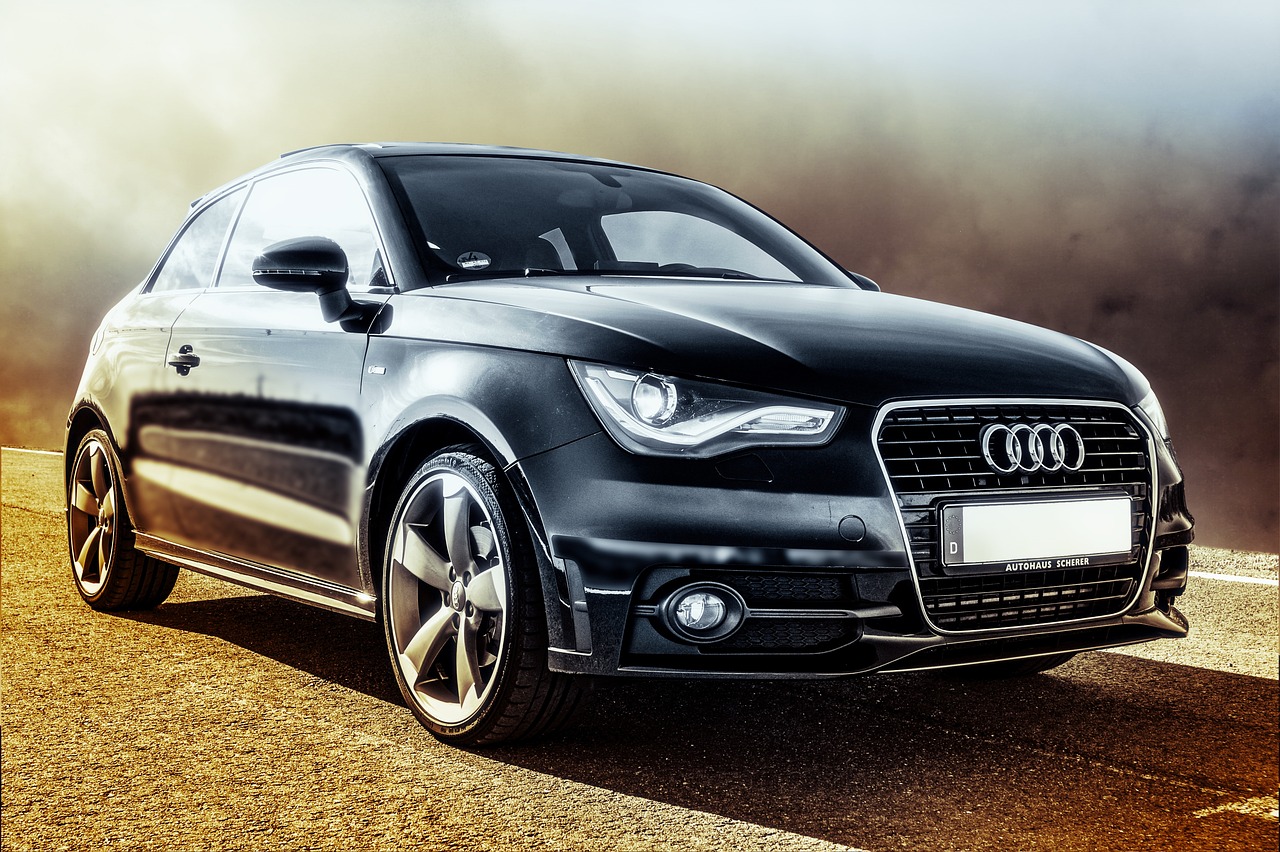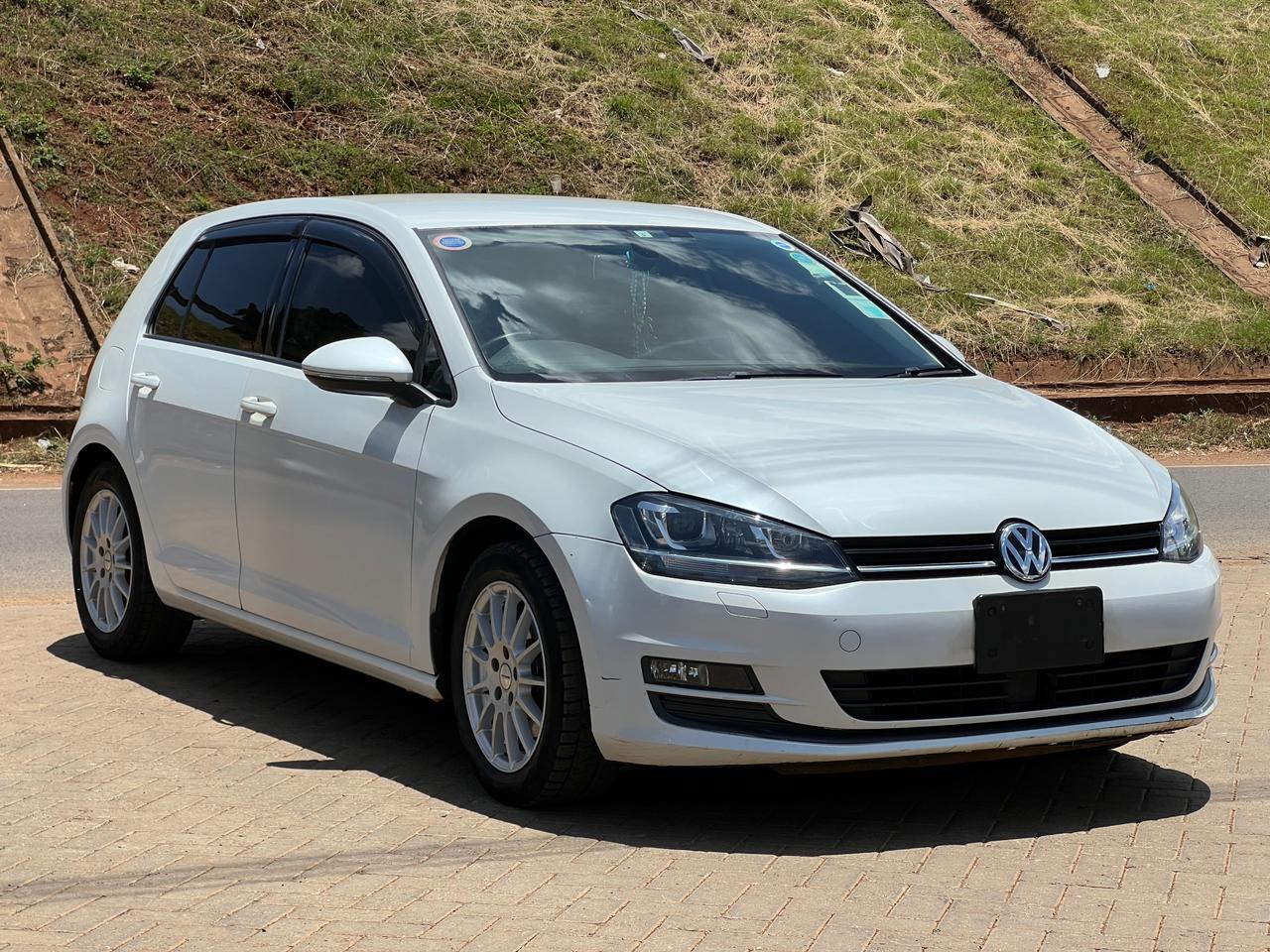Nissan Note e-POWER Review & Buying Guide

Code & Clutch
Nissan Note e-POWER: In-depth Review, Specs & Buying Guide

The Nissan Note e-POWER blends compact practicality with Nissan’s e-POWER series-hybrid drive. If you want electric-car-like driving without external charging, the Note e-POWER is a compelling option. This guide covers how e-POWER works, real-world economy, maintenance, common issues, trims to consider, and whether the Note e-POWER fits your needs.
• What is e-POWER?
• Nissan Note e-POWER specs & trims
• Driving experience & performance
• Fuel efficiency & real-world economy
• Maintenance, reliability & costs
• Pros, cons & who should buy it
• Buying checklist, FAQs, and verdict
What is Nissan e-POWER and how does it differ from hybrid/electric systems?
Nissan’s e-POWER is a unique hybrid architecture often described as a “series hybrid” or range-extended EV-like system. Unlike traditional hybrids, the wheels are driven only by an electric motor — there is no mechanical link that directly drives the wheels from the gasoline engine. Instead, a small gasoline engine acts mainly as a generator to charge the battery and feed the electric motor when needed.
This means the driving feel is much closer to a fully electric car (instant torque, smooth acceleration) while avoiding the need to plug in. It’s ideal for buyers who want electric-style driving without installing a home charger or relying on public infrastructure.
Key technical overview
Core features of e-POWER systems typically include:
- An efficient gasoline engine running at optimized RPMs to generate electricity.
- A high-output electric motor that drives the wheels (no mechanical gearbox in the classical sense).
- An onboard battery pack smaller than a full EV but large enough to enable smooth electric response and short pure-electric bursts.
- Regenerative braking to recover energy and improve economy.
Nissan Note e-POWER specs (typical points to check)
Note: exact numbers vary by model year and market. Always check the specific model year’s spec sheet when comparing trims.
Electric motor driving wheels + petrol generator engine
Small traction battery (not for external charging)
Regular petrol fueling; no plug-in required
Single-speed reduction gear (electric motor)
Driving experience & performance
The Note e-POWER is praised for its responsive throttle and quiet cabin at low speeds. Because the motor provides instant torque, city driving feels effortless: smooth takeoffs, minimal vibration, and refined acceleration at low to moderate speeds. High-speed cruising behaves more like a conventional car because the petrol generator runs to support the motor and recharge the battery.
Owners often comment on the near-EV feel in urban conditions with strong stop-start performance and comfortable, relaxed highway cruising.
Handling & ride comfort
The Note is a compact hatchback with light steering and predictable dynamics. Its compact footprint makes city parking and manoeuvres easy, while suspension tuning typically balances comfort and body control. For spirited cornering, it’s not a sports car — but for everyday driving it’s composed and confidence-inspiring.
Fuel efficiency & real-world economy
Because the gasoline engine operates mostly as a generator — often at optimized RPM — the Note e-POWER can achieve very good urban economy. In mixed driving, results depend on driving style and traffic conditions.
Real-world owners report that e-POWER tends to be especially efficient in city driving where regenerative braking and electric drive dominate.
To estimate economy, compare manufacturer figures with independent owner reports and adjust for local petrol prices and driving patterns.
Maintenance, reliability & long-term ownership
Maintenance is similar to conventional petrol vehicles for the engine side (oil changes, filters) but the electric drive components add different maintenance considerations:
- Battery health monitoring — although the battery is smaller than a full EV’s, manufacturers design for long life with warranty coverage in many markets.
- Electric motor and power electronics — typically low-maintenance but repairs can be costly if out-of-warranty.
- Standard service items (tyres, brakes, suspension) still apply; regenerative braking reduces normal brake wear.
Picking a dealer or garage experienced with e-POWER systems helps when diagnosing high-voltage systems or software updates.
Pros & cons — quick summary
Pros
- Electric-car-like driving without the need to charge
- Excellent city fuel economy and smooth acceleration
- Compact, practical hatchback packaging
- Lower brake wear thanks to regenerative braking
Cons
- Smaller battery limits pure-electric range (it’s not a plug-in)
- Potentially higher repair costs for electrical components out of warranty
- Less fuel-efficient on sustained high-speed highway driving compared to some diesel/petrol alternatives
Trim levels, options and recommended picks
Trim availability varies by country. Typical choices include basic commuter-oriented trims up to feature-rich variants with safety packs, infotainment upgrades, and driver assistance systems. When shopping, consider:
- Choose a trim with advanced driver aids (lane assist, automatic emergency braking) for safety and future resale value.
- Select comfort options if you expect long daily drives (adaptive cruise, heated seats where climate requires).
- Look for factory or dealer maintenance packages and battery warranties.
Common issues & what to inspect on a used Note e-POWER
If you’re buying used, inspect these points:
- Battery health and history — ask for any battery-related service records.
- Software updates — confirm that the vehicle has up-to-date ECU/vehicle software.
- High-voltage system repairs — check for accident history or water ingress in low-lying markets.
- Normal wear items — tyres, bushes, and brakes (though brake wear may be less than normal thanks to regeneration).
Ownership costs & total cost of ownership (TCO)
TCO for Note e-POWER includes: purchase price, fuel cost, servicing (engine + hybrid components), insurance and depreciation. In many markets, e-POWER’s excellent city fuel economy reduces running costs. Factor in local petrol prices, dealer servicing rates, and expected years of ownership.
Is the Nissan Note e-POWER right for you?
Consider the Note e-POWER if:
- Your driving is primarily urban or suburban with frequent stop-start traffic.
- You like the instant torque and refinement of electric propulsion but don’t want to rely on charging infrastructure.
- You want a compact, practical hatchback with modern driver aids and good economy.
It may be less ideal if you mostly drive long, uninterrupted highway trips where pure petrol/diesel efficiency or a full EV with long range is better suited.
Buying checklist for the Nissan Note e-POWER
Real-world owner impressions
Owners commonly praise the Note e-POWER for city refinement, quietness at low speeds, and lower city fuel consumption compared with conventional petrol cars. Many highlight the “EV-like” sensation as the best reason to buy. Some owners caution that on long motorway stints fuel consumption can rise because the petrol generator runs more continuously.

Maintenance tips for long battery life
- Avoid repeated deep discharge cycles — gentle driving and regular light charging (where applicable via accessories) helps longevity.
- Keep regular scheduled maintenance for the petrol generator — it still requires oil, filters and periodic inspection.
- Park in shaded or sheltered areas where possible to protect battery and electronics from extreme weather.
- Use authorised service centers for high-voltage diagnostics and software updates.
Resale outlook & depreciation
Depreciation depends on market demand for hybrid technology and battery perceived health. As hybrid and EV familiarity increases, e-POWER models with verified service records and remaining battery warranty usually command stronger resale prices than unknown battery-history vehicles.
Common FAQs — quick answers
A: No — e-POWER is not a plug-in system. The petrol engine charges the battery, so you refuel with petrol just like a conventional car.
A: Efficiency is excellent in city driving due to electric drive and regeneration. Highway economy varies; consult regional user reports for precise numbers in your market.
A: Battery replacement costs depend on region and battery size. Manufacturers generally provide multi-year warranties; routine degradation is slow with proper maintenance.
A: High-voltage systems require trained technicians. Routine consumables might be handled by general mechanics, but electrical diagnostics should go to trained service centers.
Verdict — who should buy the Nissan Note e-POWER?
The Nissan Note e-POWER is an outstanding choice for city-first drivers who want the immediate response and quietness of electric propulsion without installing chargers or altering daily routines. It’s practical, efficient in stop-start traffic, and offers modern safety and convenience features in a compact footprint.
For primarily long-distance drivers, or those who plan regular high-speed touring, consider test-driving it in highway conditions and compare economy with conventional petrol/diesel alternatives — or look at plug-in or long-range EV options if charging is acceptable.
Further reading & resources
Before buying, compare real-owner forums, regional fuel prices, and manufacturer warranty terms. Ask your dealer for battery health reports and recent software update logs — these documents are valuable at purchase and resale time.
SEO Keywords included (for search engines)
Nissan Note e-POWER, note e power review, Nissan Note review, hybrid hatchback, e-power specs, note fuel efficiency, buy Nissan Note, note ownership cost, Nissan e-power maintenance





Comments